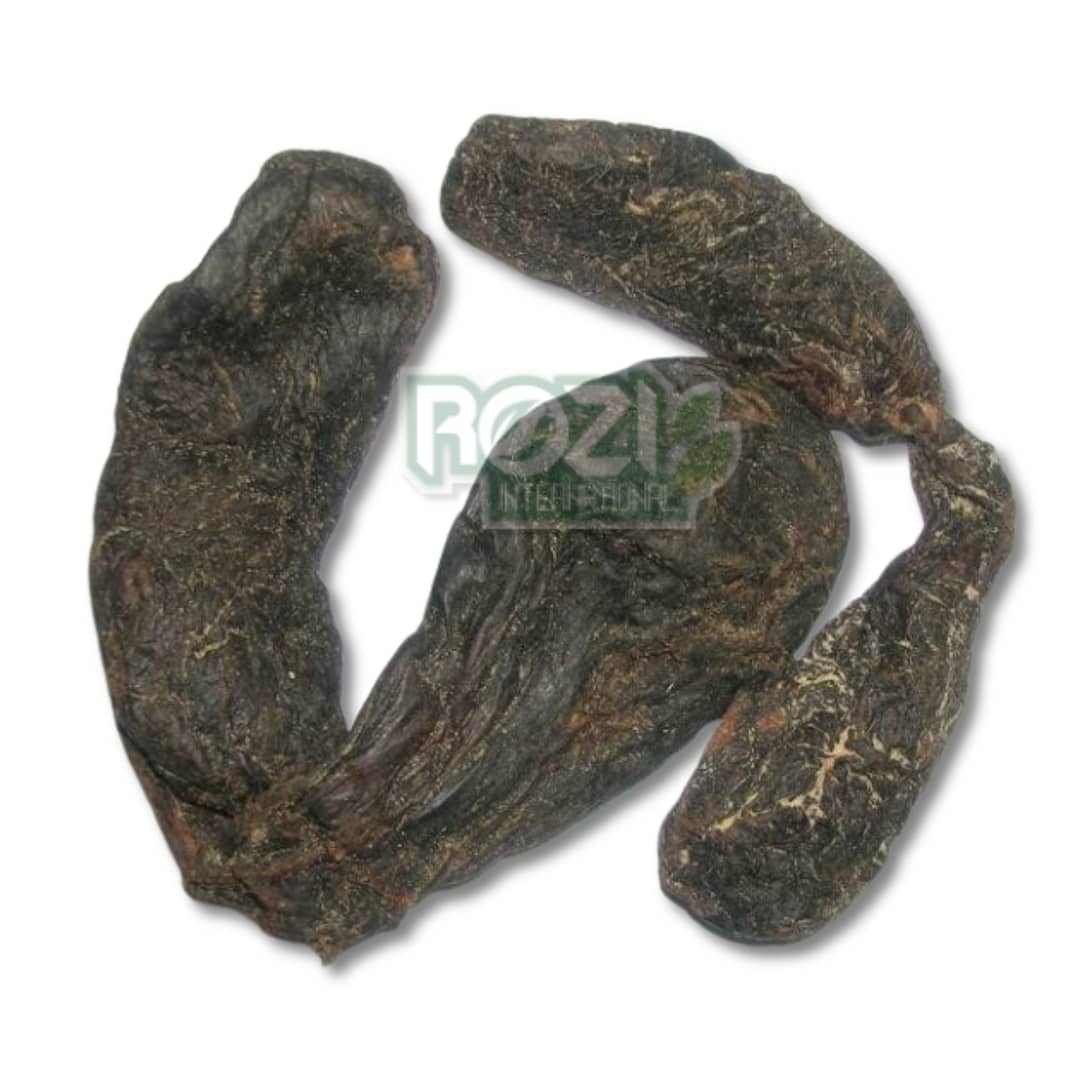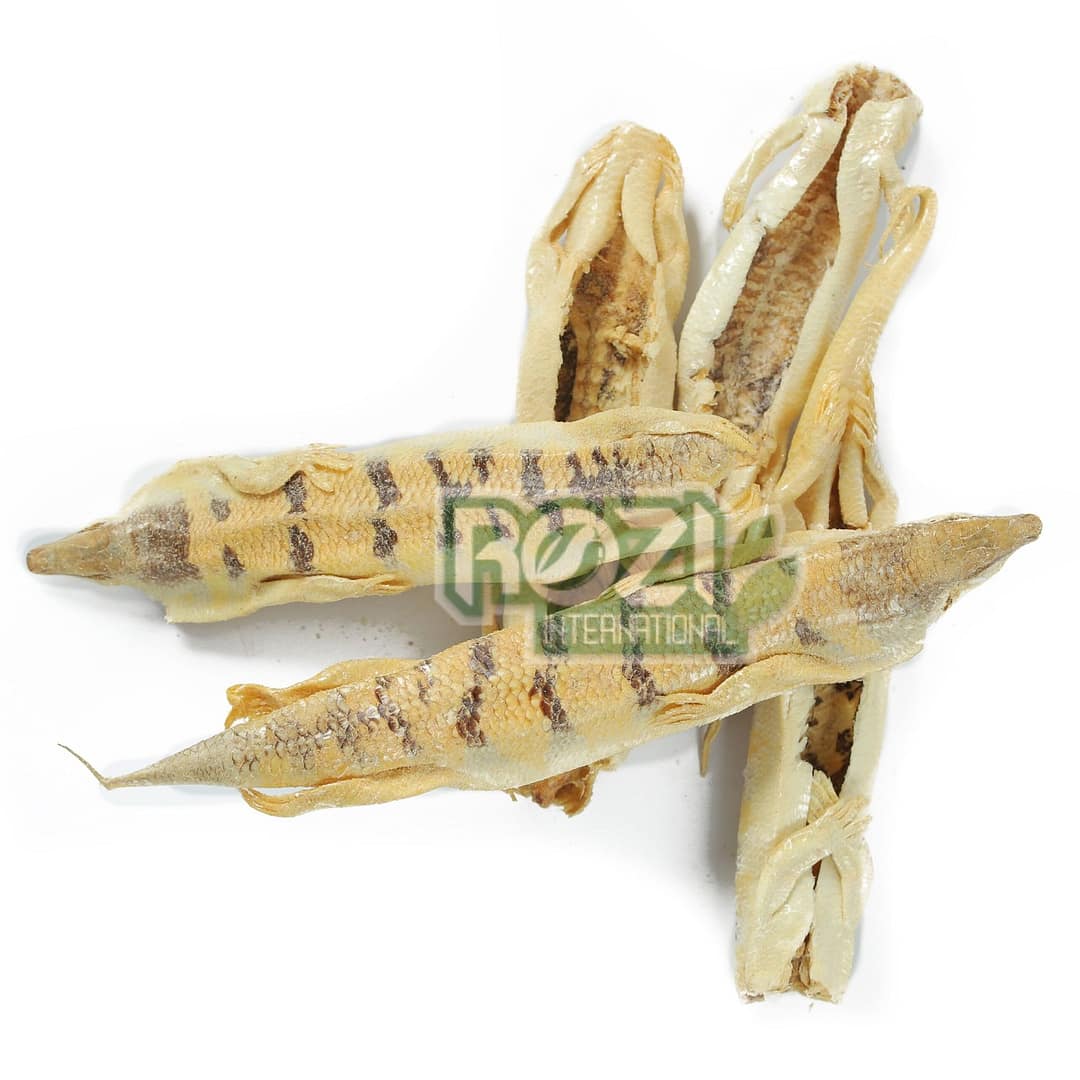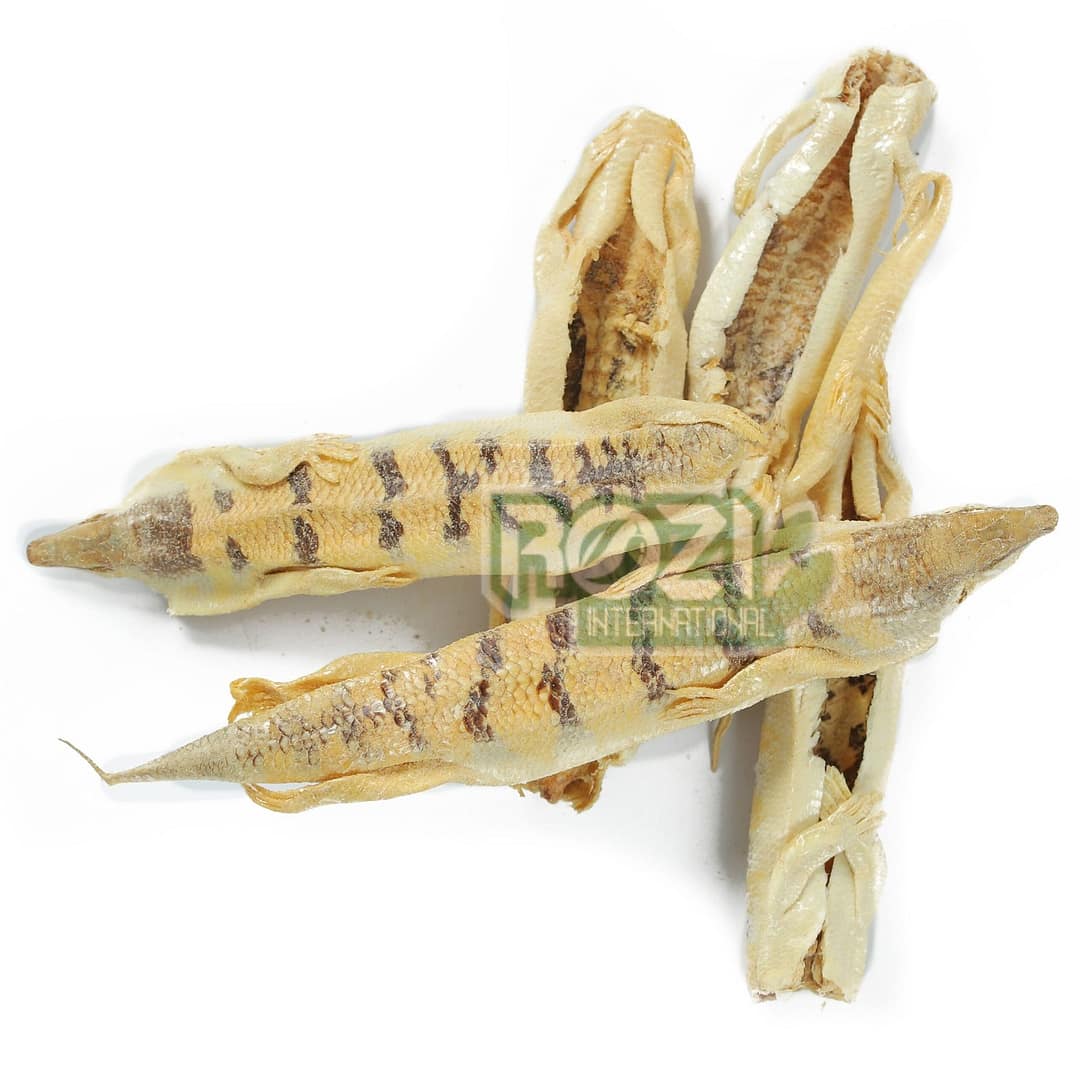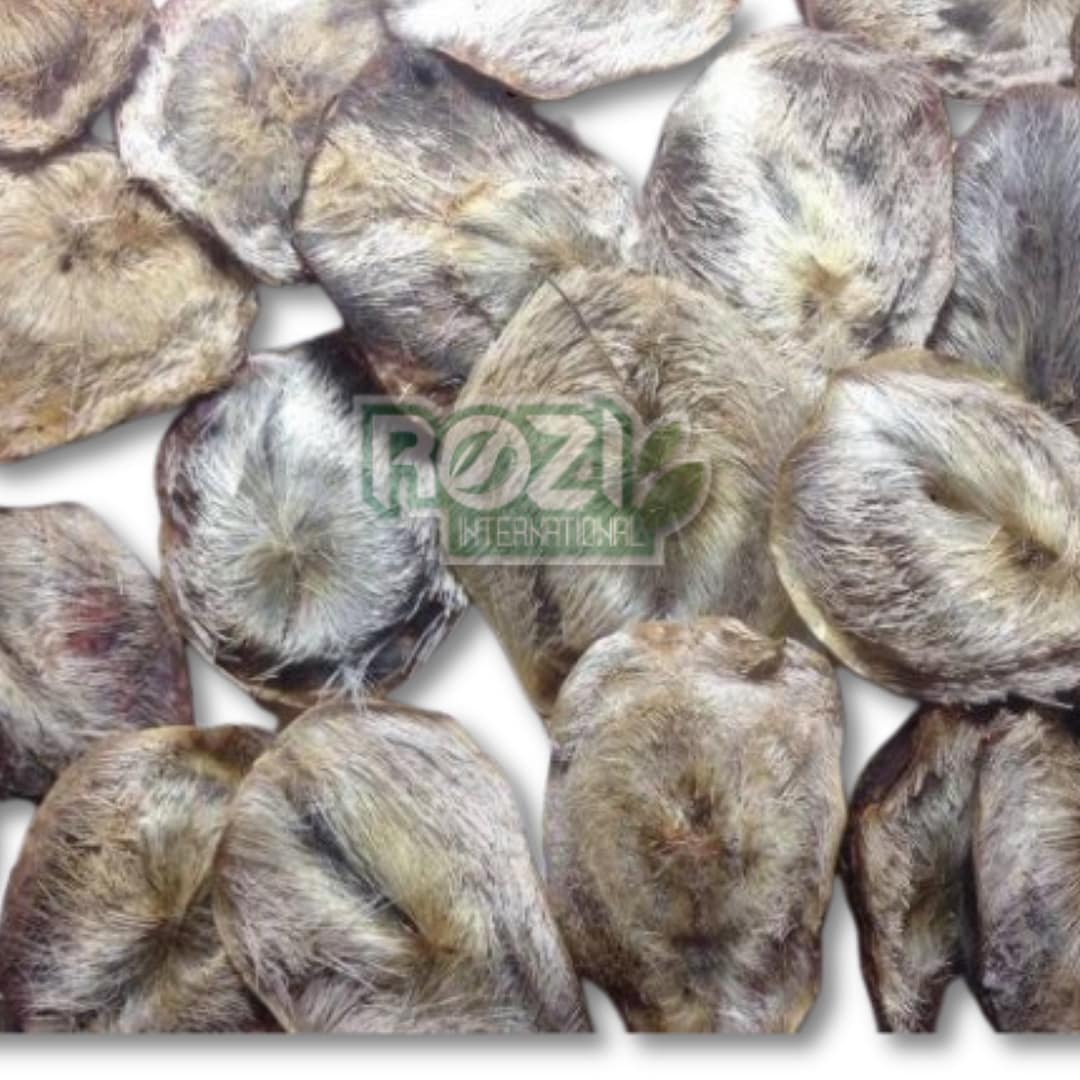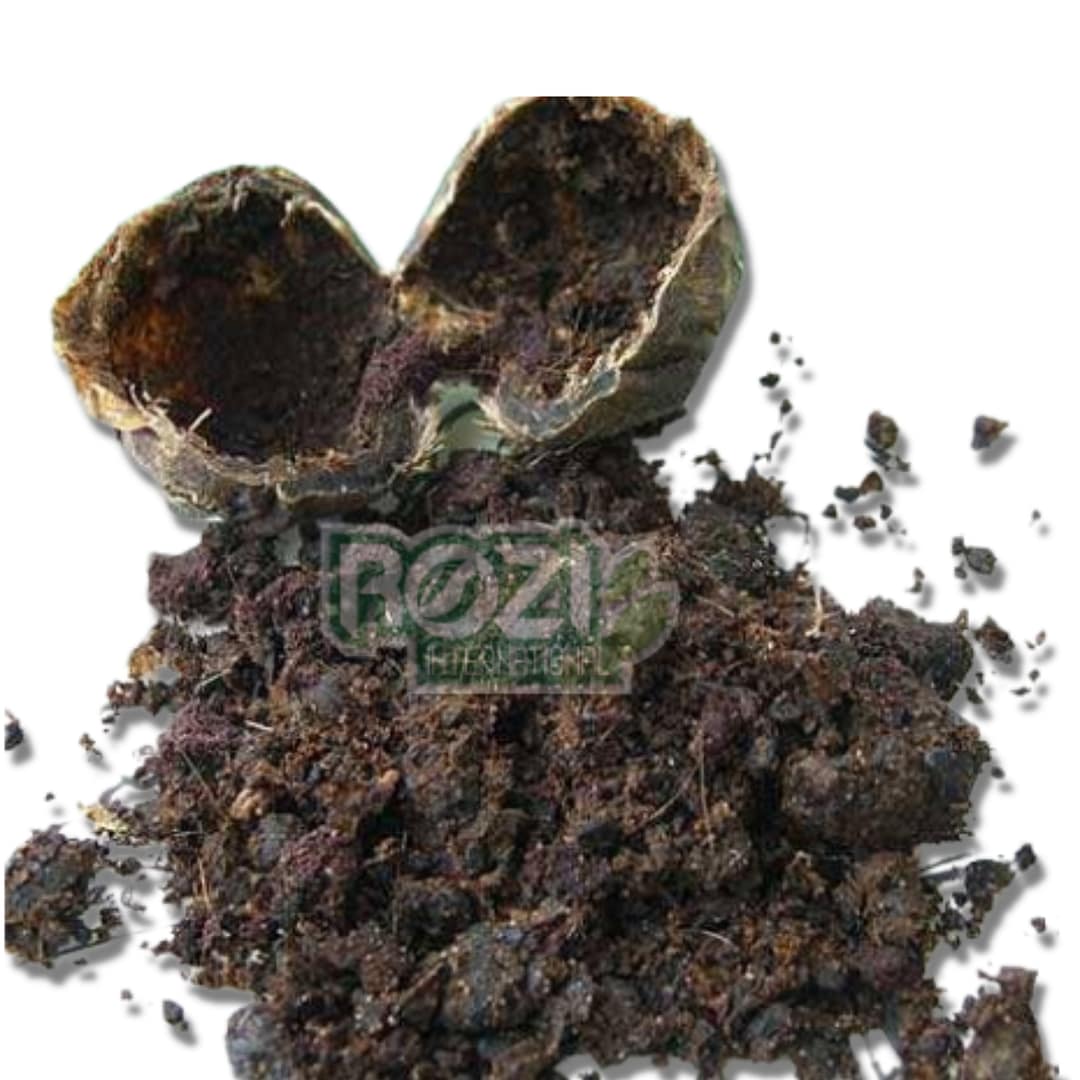Castoreum/Caster Canadensis / Jund Badastar
English Name: Castoreum
Botanical Name: Caster Canadensis
Local Name: Jund Badastar
Product Description
Castoreum is a substance obtained from the castor sacs of beavers, located near the base of their tail. Beavers use castoreum to mark their territory and waterproof their fur. Historically, it has been used in perfumery and traditional medicine due to its pleasant scent.
In the perfume industry, castoreum has been valued for its musky, vanilla-like aroma and has been used as a fixative to enhance the overall fragrance. However, in modern perfumery, synthetic alternatives are often used due to ethical and practical reasons.
Sand Lizard/Lacerta Agilis / Raig Mahi
English Name: Sand Lizard
Botanical Name: Lacerta Agilis
Local Name: Raig Mahi
Product Description
The sand lizard is a stocky lizard, reaching up to 20cm in length. Both sexes have brown varied patterns down the back with two strong dorsal stripes. The male has extremely striking green flanks which are particularly bright during the breeding season in late April and May.
The Sand Lizard is a fascinating reptile known for its striking appearance and remarkable adaptability to sandy habitats. Found in parts of Europe and Asia, this small lizard boasts a slender body, well-camouflaged in earthy tones of brown, green, and beige, often adorned with intricate patterns. During the breeding season, males display vibrant green flanks, adding a splash of color to their otherwise neutral palette.
Adapted to life in sandy dunes, grasslands, and heathlands, the Sand Lizard is an agile and resilient creature, thriving in challenging environments. Its diet consists mainly of insects and small invertebrates, making it an essential part of the ecosystem. As a protected species in many regions, the Sand Lizard serves as a reminder of the importance of preserving natural habitats and biodiversity. Whether basking in the sun or darting across the sand, this remarkable reptile continues to capture the fascination of nature enthusiasts.
Ambergris / Ambra Grisea / Amber
English Name: Ambergris
Botanical Name: Ambra Grisea
Local Name: Amber
Product Description
Amber is an organic gemstone that has many uses, including in jewelry, folk medicine, and as a component of industrial water treatment products:
Amber is a fossilized tree resin that’s millions of years old. It’s known for its warm luster and can be found in a variety of colors, including fiery yellow, red, and orange. Amber can contain plant and animal fragments, gas bubbles, and other inclusions.
Amber is also used in perfumes. However, the term “amber” can also refer to ambergris, a waxy substance found in the intestines of sperm whales. Ambergris is no longer used in perfumery, but it inspired the synthetic ingredient “Ambroxan”.
Deer Musk Natural With Pod/ Moschus Moschiferus/ Mushk Kastori
English Name: Deer Musk Natural with Pod
Botanical Name: Moschus Moschiferus
Local Name: Mushk Kastori
Product Description
Deer musk is a substance with a persistent odor, obtained from the caudal glands of the male musk deer.
The demand for deer musk has led to a severe decrease in musk deer populations; however, musk can be removed from the gland of live male deer without killing the animal and without harming their growth, breeding and health. The extraction of musk from live deer has been successfully conducted many times and the characteristics of musk have been studied at the Kathmandu Zoo in Nepal. Six of the seven musk producing species are listed as Endangered.
Deer Musk Natural Without Pod/ Moschus Moschiferus/ Mushk Kastori
English Name: Deer Musk Natural without Pod
Botanical Name: Moschus Moschiferus
Local Name: Mushk Kastori
Product Description
Deer musk is a substance with a persistent odor, obtained from the caudal glands of the male musk deer.
The demand for deer musk has led to a severe decrease in musk deer populations; however, musk can be removed from the gland of live male deer without killing the animal and without harming their growth, breeding and health. The extraction of musk from live deer has been successfully conducted many times and the characteristics of musk have been studied at the Kathmandu Zoo in Nepal. Six of the seven musk producing species are listed as Endangered.

